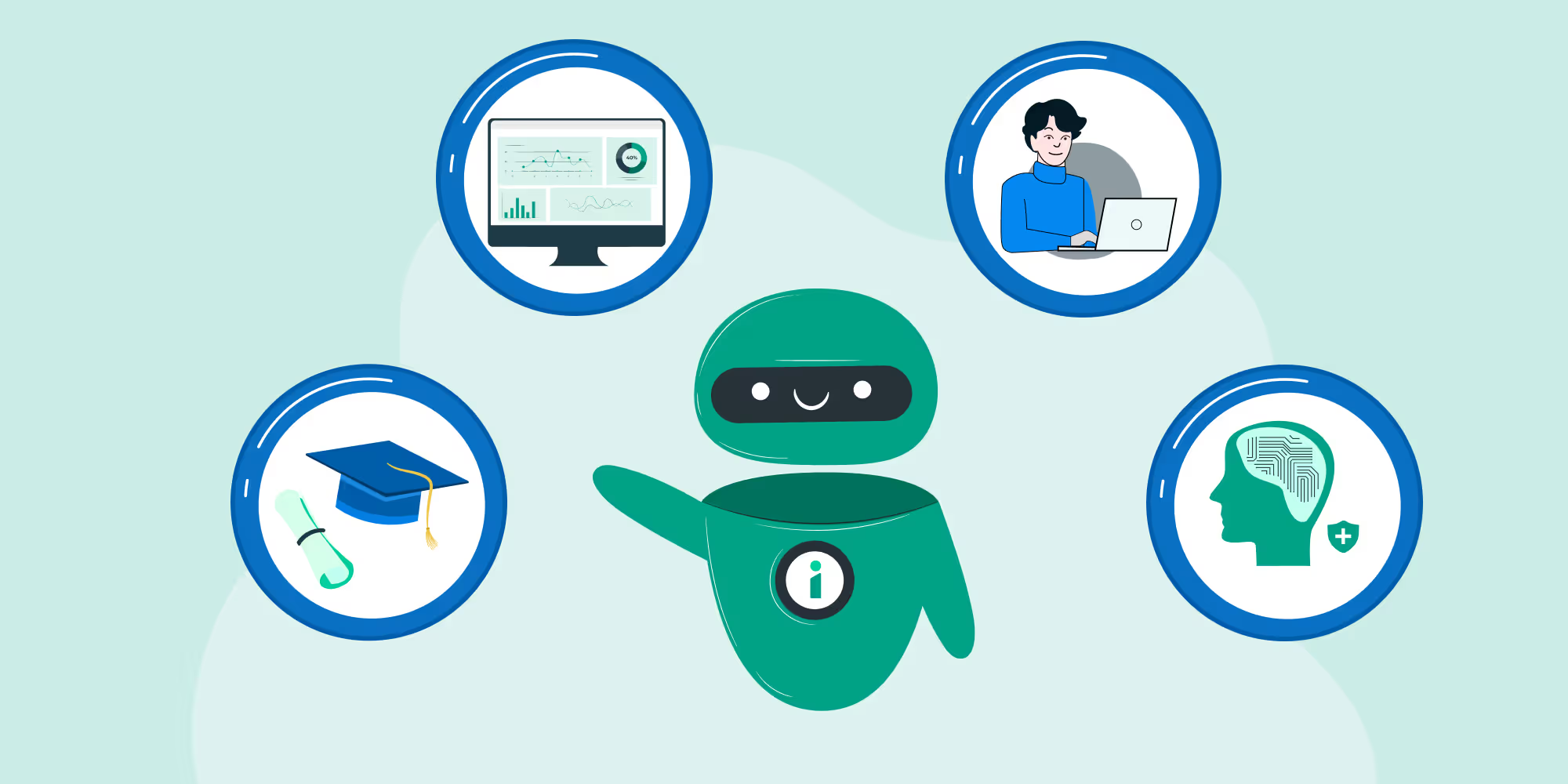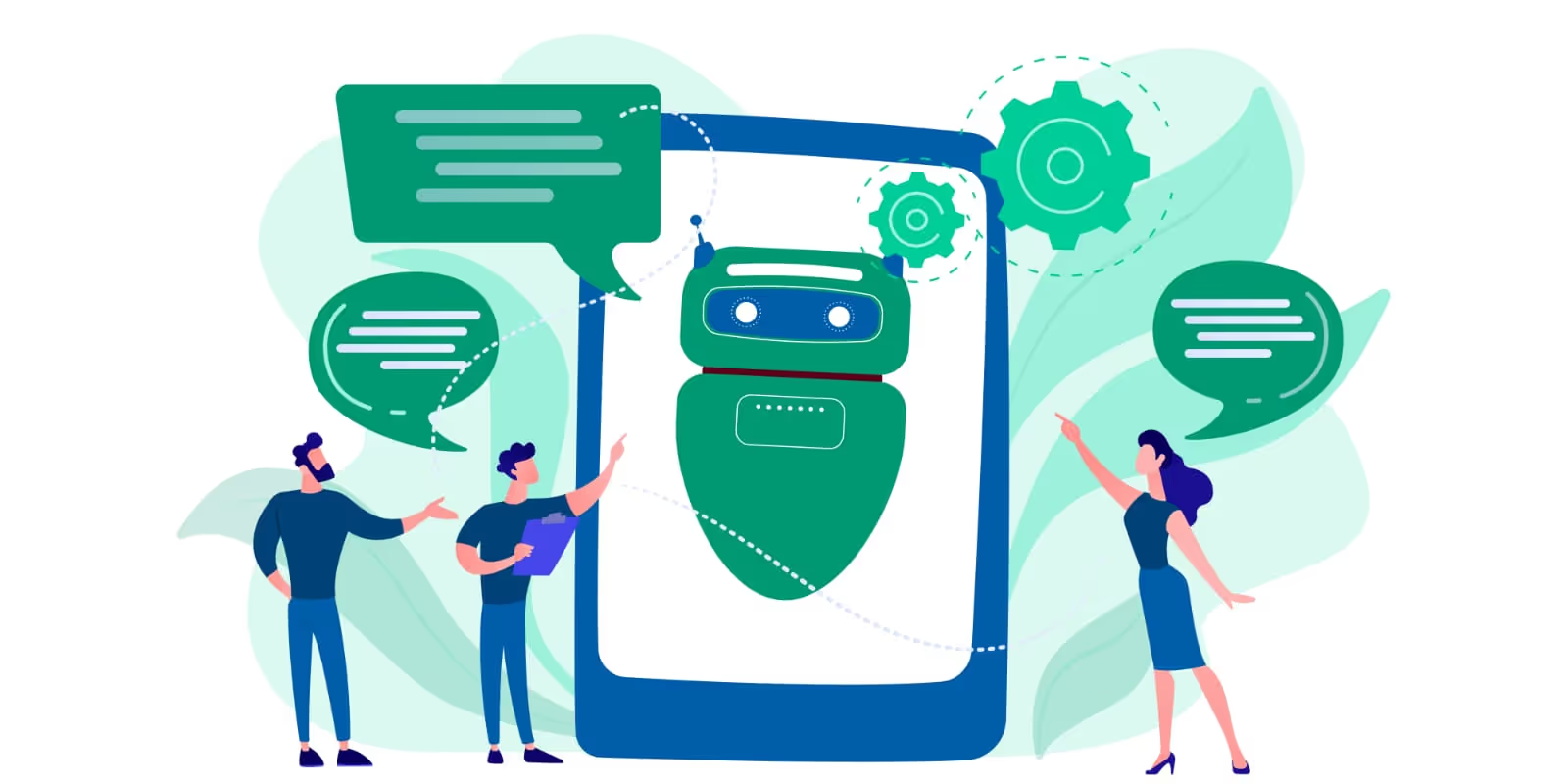Conversational AI in Hiring: Benefits & Future Trends You Should Know



Gut instinct, paper resumes, and back-to-back interviews... that's what hiring used to be all about.
Today? It’s increasingly about conversations; that too smart, data-rich, and AI-powered ones.
AI agents powered by conversational AI are changing how we screen, engage, and assess talent at scale, and with surprising empathy.
What is conversational AI in hiring?
Conversational AI refers to intelligent systems that can hold two-way conversations with humans - through text, voice, or video. In hiring, these systems aren’t just answering FAQs or scheduling interviews. They’re conducting interviews, screening candidates, and collecting insights in real time.
They are intelligent recruiting agents.
But instead of replacing human recruiters, they free them up to build relationships with the most promising candidates before competitors do, and make informed hiring decisions.
Why it’s gaining serious ground
The hiring process is more complex than ever. Here’s why conversational AI is stepping in.
1. It scales what humans can’t
Recruiters spend an average of 7 seconds scanning each resume.
That’s not a process - it’s a scramble.
Conversational AI can instantly engage 100s of applicants in parallel, screen for role-specific criteria, and score candidates fairly; no bias, no burnout.
2. It saves time (a lot of it)
Pre-screening calls, email coordination, no-shows—it all adds up.
One study found that companies using conversational AI in the early stages of hiring reduced time-to-hire by up to 30%.
That’s not just faster - it’s better candidate experience too.
3. It improves candidate engagement
Old hiring funnels are passive. Apply, wait, hope.
With conversational AI candidates get instant responses, can ask questions, and feel seen early in the process - without waiting on a recruiter’s calendar.
And more engagement = higher quality hires.
What conversational AI is not
Let’s clear up a misconception - It’s not a robot replacing your team.
Conversational AI doesn’t make final decisions. It doesn’t judge nuance like a seasoned recruiter can. And it definitely doesn’t eliminate the human touch.
What it does do is tee up the right conversations by giving hiring teams better signals, faster.
Real-world use cases in hiring
Conversational AI isn't just a concept anymore as it's already powering smarter hiring workflows across industries. Here's how.
AI-driven interviews
Instead of endless phone screens, AI interview agents now conduct structured, role-specific interviews at scale. Intelligent agents adapt their tone and questions, creating a more natural and insightful experience for candidates without needing a human on the other end.
Resume screening + scoring
AI doesn’t just filter resumes based on keywords, it screens applicants through conversation, then scores them based on relevant competencies. This ensures alignment with the role beyond just what’s on paper.
Interview insights + analytics
Beyond recording responses, AI interview agents generate actionable analytics: how clearly a candidate communicates, how confidently they speak, and how relevant their examples are.
AI-powered feedback
Candidates receive automated, structured feedback post-interview. It's clear, constructive, and rooted in actual performance, not vague impressions. This not only boosts candidate experience but encourages future applications.
ATS integration
Conversational AI isn’t another disconnected tool. AI interview agents like SpectraHire integrate smoothly with your ATS, ensuring candidate data, transcripts, and scores flow into your system of record, with zero manual effort.
Interview transcripts + recordings
Every conversation is transcribed and stored with a video recording, giving hiring teams a chance to review responses together, evaluate soft skills, and reduce bias in decision-making.
Customizable interview templates
Whether you're hiring for a developer, a designer, or a customer support role, AI interview agents let teams build templates tailored to competencies that matter. No starting from scratch every time.
One platform doing all of the listed use cases well is SpectraHire, which allows companies to deploy smart AI interview agents that feel surprisingly human.
These agents conduct structured conversations that assess skills, extract insights, and keep the hiring funnel moving without overwhelming recruiters.
Interested in adding conversational AI to your hiring workflow?
SpectraHire makes it easy to scale interviews, reduce time-to-hire, and gain insight without losing the human touch.
It’s not automation for automation’s sake.
It’s better hiring, powered by better conversations.
Subscribe to The InterspectAI Blog


%201.svg)






